Alexander Basile VICE Magazine interview
- Date published
- 15-Apr-2011
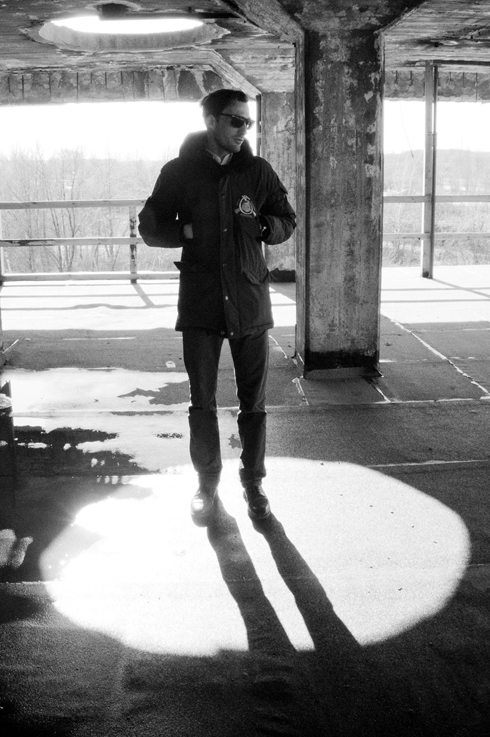
Normally when brands ask us for ‘editorial support’, we turn into snotty 12 year old boys, and sulk. However, when Carhartt asked us to interview their photographer Alex Basile during his recent trip to Barcelona, we instantly transformed into 12 year old boys who’ve just been told they can eat all the icecream, play all the snes and watch all the porn they want.
Basile has been shooting Carhartt campaigns for the last 10 years, and in that time he’s done a lot to change it’s image for the better. Whereas most streetwear brands rely on overstyling, digital photography and tired hip-hop cliche’s in their ads, Alexander uses non-professional models, natural light and film to create more down to earth, candid, and yes, beautiful images.
In addition to his commercial photography, Alex also runs the Hellozine website, a collaborative platform which showcases alternative voices in urban image making, and which has recently started publishing books.
It’s exactly this artistic, and unapologetically intelectual approach to an industry which is so often about lowest common denominators, that made us go for a late breakfast with him last week. Here’s what we talked about:
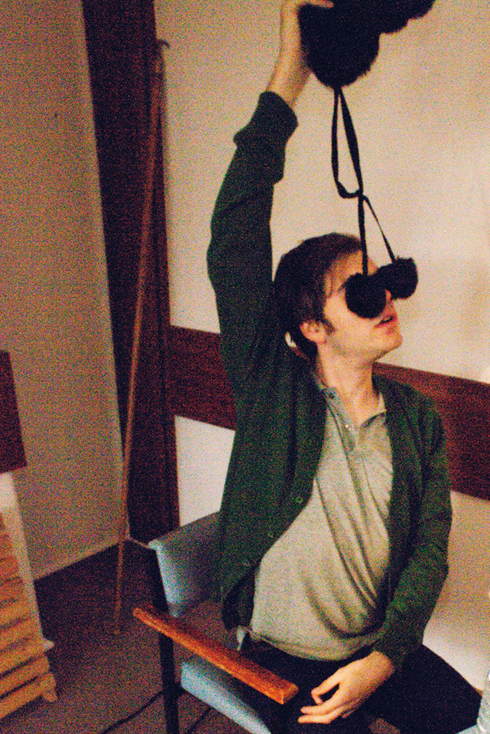
Hi Alex, you got your start in Skate photography, but your work goes beyond that. Can you tell us about how you got started and what took you in your current direction?
I started playing around with a photocamera by the age of 15. Shooting mainly what was surrounding me. My friends of course, as anyone would do.
When i was 17 or 18, i started shooting for a lot of magazines. At the beginning for really shitty ones, and then for some big names. I learned 2 things in this period. The first thing was that, shooting on film, i had no chance to do post production, so i knew that the image i captured had to be perfect. And the second thing was that i was unhappy with the selections they were making. I realised that i could see potencial that the magazines didn’t grab. It was less to do with the tricks, and more the photos of people just hanging around. That’s what i was more interested in.
Is that how Hellozine started?
Yeah, i had a friend who was a graphic designer and he felt the same about graphic design. So we started this platform to have more control than in the commercial world. Now though the focus has changed. My role is more of a, i wouldn’t say a ‘curator’…more of giving people a helping hand. My goal actually is to do books with people who would never do books. There’s all these people who are not connected to the market so they can’t catch up with it. They’re lost with their genius. I think all of us know people who should be the most famous artists, the best musicians… I think good people need other good people around them to help them.
The problem is that so much content is being produced by so many different people that there’s a need to select. There is a need for curators.
For me that’s a major part. If we jump a bit to the way i work in my commercial work, it’s similar. In this campaign for instance, i didn’t take the photographs myself. I didn’t film. I’ve realised that the technical process of capturing an picture is such a small part of creating an image.
So I belive my work nowadays is more about adding a big collage together what finally becomes the image that feels rigth. I’m even more interest in the social structure of a photo shooting then the proces of capturing/ creating those images.
I always tell people i work with images because that’s way more interesting. Infact , over the years you begin to understand what’s going on, and how people influence other people with images. It’s a machine that just creates images and it doesn’t matter what kind of images they are. It’s a space that needs to be filled.
Therefor it’s better to step a bit more away. To see the bigger picture of what you are doing for what reason. And then you end up creating images without even a camera anymore. It feels more in control of things that you should think about, but which you often can’t while shooting on your own.
How do you reconcile that with working in the youth cultural mainstream like skateboarding? Are you in some way trying to inject meaning into an industry which has become banal?
As example for me Pontus Alv is a really important guy for the skateboarding scene in general. He showed all that stuff from the other side. In most skateboard videos the best spots are always on the otherside of the world. It’s never in Leeds! It makes it seem inaccessible. That’s a really old trick of capitialism, to make the product seem out of reach and desireable. This is what Pontus is criticising. He used to be a pro-skater and knows how the industry works. In the movies he stays in Malmö and puts up DIY spots everywhere. So what he’s doing is a great example how you are still able to push things forward even in some really big major industry. You dont give a fuck and move. And somewehre in between you are able to create something unique and untouchable, maybe.
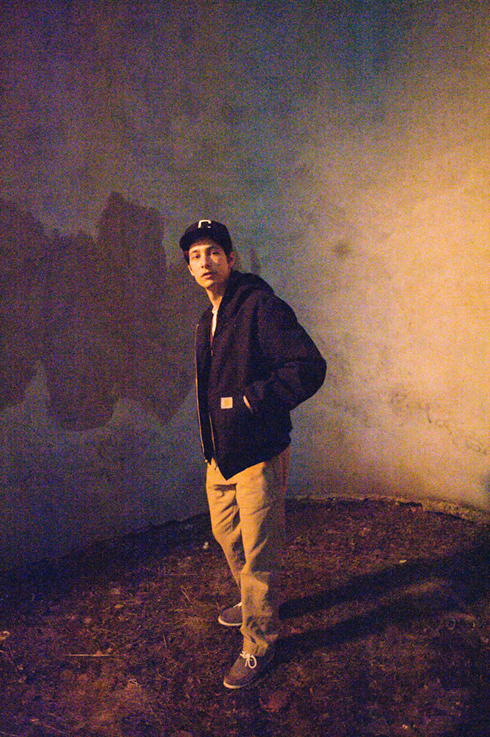
For me the old language of skate video and photography is stale. Yeah. I stopped doing skateboard photography because i realised there was no need to take more of these images. I believe that people should ask themselves before they take an image “Is there a need for me to take this fucking thing?”. Even in Art school people should be more aware of that. And an important point is that apparently unnecessary things can be necessary. I don’t mean you’re only allowed to take a picture when you change the world. It can change your world if you like, but you have to have a reason to take it.
There’s a dialectic in your work between two things. On one hand, the idea that we use a lot in VICE that what’s is happening in the image is much more important than the photographer or the camera. On the other hand, you’re trying to bring art, bring meaning back into the final image, post shoot.
I’m currently curating an exhibition of photography where we’re criticising the VICE school, which we see as having a story, but being really connected to the moment. There’s a power in it. I see it as related to the work of Deleuze with his patterns – it doesn’t really care about time. As a result it’s really connected to industry and the commercial world.
I would argue that point
Well let’s put it the other way around. Industry is using this style of photography to promote their products.
Yes, that’s a better way of putting it.
I would be critical of the VICE school because, although the images are sometimes beautiful in themselves, there is no context to them. If you look in the photobooks that young photographers are making, you see them putting maybe a sunrise next to a bathroom.
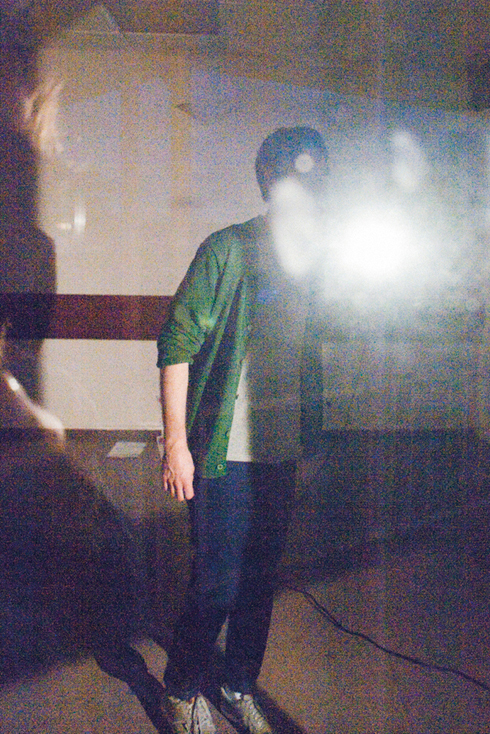
It’s not an obvious narrative but it’s valid.
It’s essayistic. It has a story but it’s very subjective. There is a lot to be said for living in the moment, being young and just doing things, but I think it’s important to know where stuff is coming from too. I’m a big fan of terry richardson, but i also collect the people who influenced him. If you only have one influence then you’re just reproducing the same image.
Yeah, we get so many people submitting editorials that are just ripping off Terry Richardson, or that have stupid girls with their tits out and no feeling to the photograph. That’s what people think a VICE photo is, and it’s so boring.
It goes back to what we were talking about earlier about ‘need’. More than anything you need to have a life. But personally, I’m really against photography in general. I work as a commercial photographer two or three times a year and then i dissapear into my other universes.
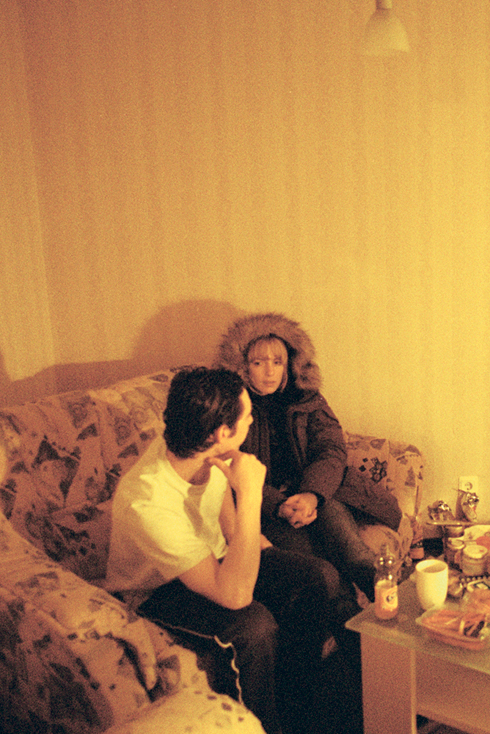
Originally published as OTROS UNIVERSOS: UNA ENTREVISTA CON ALEXANDER BASILE by Paul-Simon Geddis
By courtesy of VICE Spain